The real secret is how much tanks and healers need each other
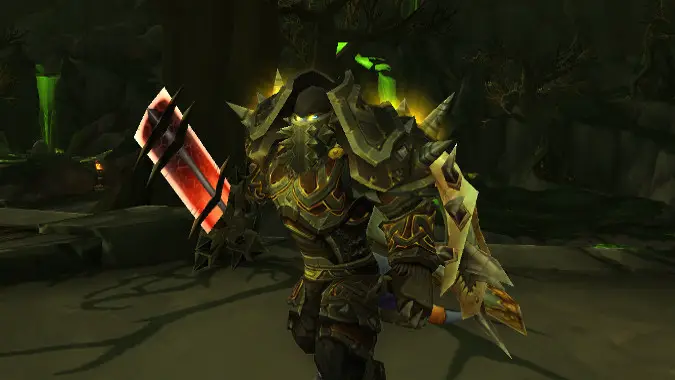
If you’ve ever played World of Warcraft — or indeed any MMO as a DPS player — you can often feel like the tank and the healer are involved in a conspiracy to tell you how much you’re the reason for everything bad that has ever happened to a group. And let’s not pretend we don’t know why. We’ve all seen that person who runs ahead, pulls stuff onto the group while they were already dealing with stuff, tries to rush everyone, gets really antagonistic if a group wipes or someone has lower DPS than them.
But as much as that united front can often exist, there is a tension between tanks and healers, and it’s this — tanks hate having to rely on a healer to keep them alive, and healers hate dealing with how unpredictable a tank can be.
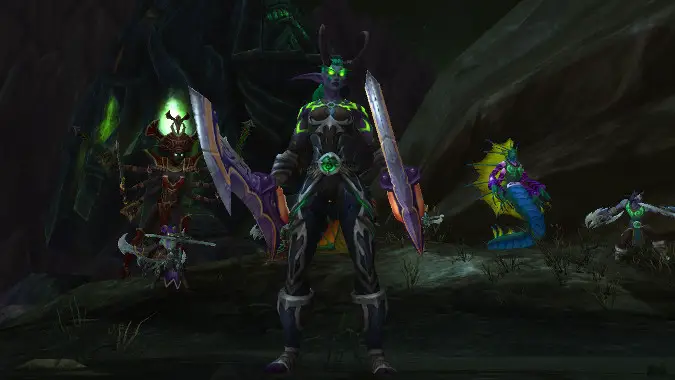
The wall and the mason patching it
We’ve seen the tank/healer balance change and develop over the course of the fourteen years of World of Warcraft and it’s never been what I’d call convivial. I remember going into Legion and being really angry at how much more dependent my DK tank was on the group’s healer — my cooldowns were notably weaker and my Active Mitigation barely felt like it mitigated anything, and more like it wasted my resources to use it. Things evened out over the course of the expansion, of course, but it was just one example of how healers complaining at the end of Warlords of Draenor led to tanks getting adjustments in the next expansion.
I remember a healer I often grouped with back in Mists of Pandaria once said I want you to be the wall standing in between me and bad things and I’ll just be back here slapping concrete over the holes, in regards to the way we worked together. And by the end of the expansion the problem was, I didn’t require a lot of patching up anymore — which meant he didn’t have a lot to do.
To me, one of the core problems between tanks and healers is always going to be this see-saw between healers at the end of the previous expansion feeling trivialized and so, adjustments are made that don’t go into effect until the beginning of the next expansion. But there’s an inherent problem here too, in that if a tank has too many tools at their disposal to prevent themselves from dying — especially if those tools include self healing in some form — then healers will always feel trivialized, because they are. But if tanks lack enough mitigation and self-healing, they feel like they don’t serve any purpose. If a tank can’t respond to an incoming damage burst or meaningfully react to a sudden bad moment, they feel useless. These balance goals will forever pit tanks and healers against each other in an endless circle of annoyance.
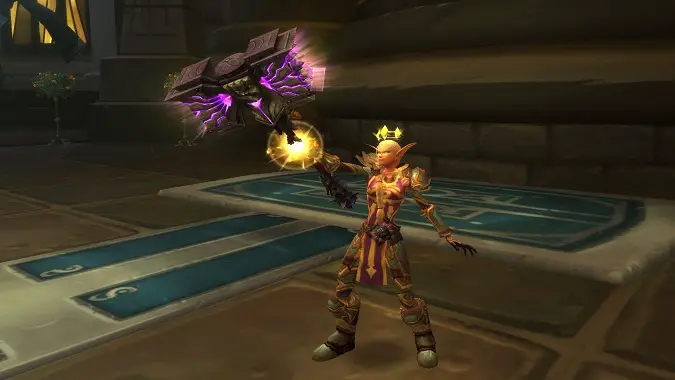
No two are interchangeable
These difficulties are only magnified by the varieties of different ways tanks and healers function in their role. A Blood DK being healed by a Mistweaver Monk feels very different than a Protection Paladin being healed by a Restoration Druid, or a Feral Druid being healed by a Holy Paladin, or a Vengeance Demon Hunter healed by a Restoration Shaman, or a Brewmaster Monk healed by a Discipline Priest. A healer who relies heavily on shields and absorbs may interact completely differently with a tank who mitigates through high Dodges and other pure avoidance than with one who expects to get hit and mitigate through self-heals and barriers. These differences make an already complicated situation a lot more so, in terms of tank/healer balance.
Now, am I arguing that all tanks and all healers should be absolutely the same? No, not at all. What I’m saying is that these critical interactions between tanks and healers have to be viewed through the lens of their context, and the source of most friction between said tanks and healers comes when the context is lost. Some tanks play the game like healers are endless mana wells that can just fling heals around endlessly without ever needing a break, and those tanks also miss that the healer has to keep at a minimum four other people alive besides the tank. Even a tank who does their job perfectly cannot and does not prevent all damage to the other four or more people running group content with them. Similarly, a healer can often lose sight of the pressure a tank is under to often lead the group — to keep progress moving forward, knowing each fight’s mechanics and otherwise deal with wrangling a group that is often made up of strangers.
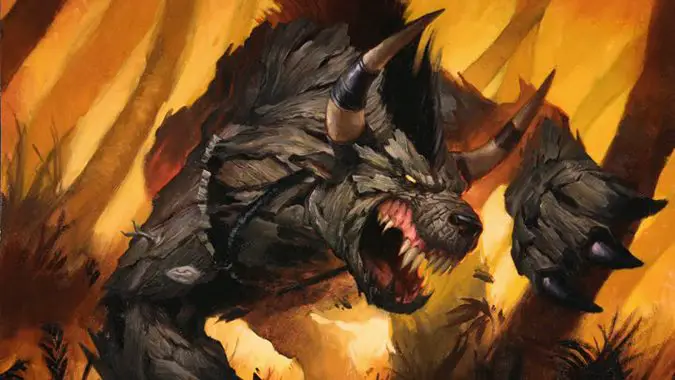
The context of tanking or healing
These contextual relationships — the differences between different healer options, different tanking classes, understanding that what worked for X healer or Y tank might not work for a completely different setup — often leads to friction. While that’s often taken out on the DPS, some of the worst of these conflicts are between a tank and a healer who blame each other for the issue, when in fact a simple adjustment or two in play style would solve the difficulty.
The first thing is, there always needs to be a clear line of communication between the tank and healer in terms of what the healer can do — and how much mana it takes to do it. It is frankly unimportant if you’ve run content dozens of times before and never needed to stop for mana breaks. All that matters is that the healer you have needs them. I’ve seen this attitude as a DPS and I’ve been a tank with a healer constantly apologizing to me for needing to stop, and that shouldn’t be the case. It’s a symbiotic relationship and it’s just as likely that the healer is out of mana because I as a tank didn’t do something right. I don’t want the healer constantly griping that I take too much magic damage as a Protection Warrior, even though I do — that’s a design element of the class that Blizzard chose, not something either I or the healer are responsible for. If I expect the healer to heal me despite this glaring weakness because I make up for it in other ways, I can forgive them for being more reliant on mana than a different healer with a different toolkit.
In addition to this clear communication, there of course needs to be tolerance for one another. Simply put, tanks and healers do not function well when they don’t work together. If your tank refuse to slow their roll when asked, or your healer keeps saying ‘nah, it’s fine, pull more’ even as half the party dies each pull, then there’s a problem. It may sound corny, but you have to work together here. You have to understand what your temporary partner can and can’t do, or at least be willing to find out and adjust accordingly. Your Vengeance Demon Hunter is a very mobile tank? Great! Your healer is a Paladin, not a Monk — if you’re constantly moving out of range of their heals and making them scramble to keep up with you, you’re doing a terrible job.
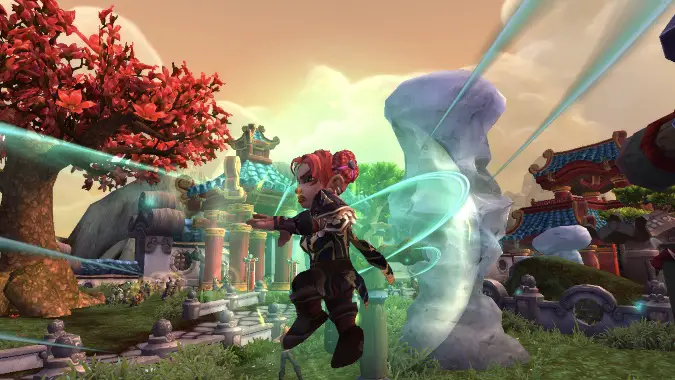
Meatshields and those that wield them
A tank and a healer who work together can often find beautiful ways they can make a group run extremely smoothly. Some of my best experiences in World of Warcraft have been tanking for a talented healer. But the tension between tanking design and healer design will always be there, and it often bleeds into how tanks and healers get along in the game world. It needs to be avoided, compensated for, and understood as context in order to prevent miscommunication and poor play. A healer’s best ally should always be the tank, and vice versa.
Please consider supporting our Patreon!
Join the Discussion
Blizzard Watch is a safe space for all readers. By leaving comments on this site you agree to follow our commenting and community guidelines.
 @MatthewWRossi
@MatthewWRossi



